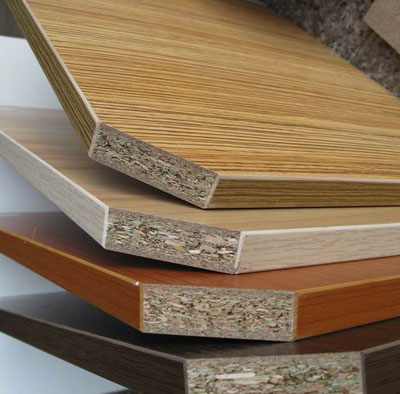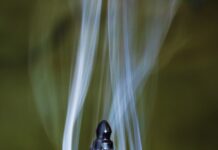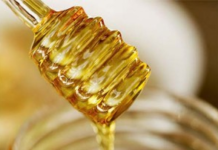

Particleboard and other composite wood products are almost always made with formaldehyde. The chemical never outgasses fully because formaldehyde is structurally part of the final “wood” product.
Common reactions to short-term exposure to formaldehyde are eye, nose and throat irritation, coughing, headaches, dizziness, and nausea. Chronic exposure to formaldehyde can cause cancer, according to the Environmental Protection Agency.
Most contemporary furniture that is affordable is made of particleboard. Trailers and other small enclosed spaces are notorious for having sickening amounts of formaldehyde. FEMA trailers sent to house displaced families in the aftermath of Katrina were found to emit up to 400 times the legal limits of formaldehyde.
Abill is being proposed in Congress to set federal limits in the amount of formaldehyde allowed in products used in the home, following the state of California’s lead, Here is the final rule from the EPA on the subject.
AFM has been the leading innovator in paint and building products with reduced toxicity to preserve indoor air quality for over a quarter of a century. Their Safecoat® products have earned the industry’s highest environmental and indoor air quality certifications. This includes Scientific Certification Systems’ Indoor Advantage Gold certification, and they satisfy LEED standards.
Using AFM sealants you can seal out formaldehyde fumes.
Safe Seal
Safecoat Safe Seal is a multi-use, waterbased, low gloss sealer for highly porous surfaces such as particle board, plywood, processed wood and porous concrete. It is used primarily to reduce toxic outgassing. In particular, it is highly effective at sealing in formaldehyde outgassing from processed wood such as plywood, particle board and pressed wood. Safecoat Safe Seal is virtually odorless on application and odorless once cured. SCS CERTIFIED – LEED QUALIFIED
Hard Seal
Safecoat Hard Seal is a multi-use, clear gloss sealer especially made to provide mar resistance to both low and high porosity surfaces. Because it forms a continuous membrane when applied properly it is particularly effective at sealing in any pollution or toxic chemical compounds outgassing from the surface to which it is applied.
MexeSeal
Safecoat MexeSeal is a low odor, waterbased, medium gloss clear sealer. It is suitable for use on porous interior tile or masonry surfaces where oil and water repellency are desired. It is also ideal for long term protection against food, oil and water stains on residential or commercial floors. Safecoat MexeSeal is non-hazardous and non-flammable – a total replacement for high solvent content systems. SCS CERTIFIED – LEED QUALIFIED




State of CA just released (12/15/09) an indoor air study that showed that 98% of the homes tested failed to meet the recommended level of formaldehyde for an 8-hour exposure.
Everyone should test their home to find out how significant their formaldehyde problem is. Sierra Club used passive acs bagdge for formaldehyde to expose the infamous FEMA trailers. You simply slide the outer cover down, hang in the center of area to be tested (bedrooms are good starting point), wait 24-hours, slide cover closed and mail. Anyone can test their own home and the cost is only $39 including the lab analysis. Testing again on a warm summer day is best as formaldehyde doubles with each 10-degrees. Much of the residential formaldehyde comes from the wall insulation especially if the home is built since about 2000 and wrapped in Tyvek.
Sealing manufactured wood is a good idea if you aren’t willing to eliminate it. Each coat reduces the off gasing by about 50%.
Although the new formaldehyde regulation will in the future make some improvement, it will not solve the problem. This is because the testing is done at 73 degrees, not 83 degrees that many places see in the summer. It is also down with an air exchange every 2-hours, many homes take 10-hours for one air exchange. The new standard is once every 3-hours. The testing also assumes an unrealistically low volume of formaldehyde source. It doesn’t take into consideration furniture, cooking, personal items or personal care products. It also doesn’t cover none wood products like bamboo which is a grass or insulation that is fiberglass. BTW, the fiberglass insulation in the walls is one of the largest sources.
Testing is the only way to know.
[…] If you are concerned that the carpet itself might be toxic, read about AFM Safecoat sealants. […]
Comments are closed.